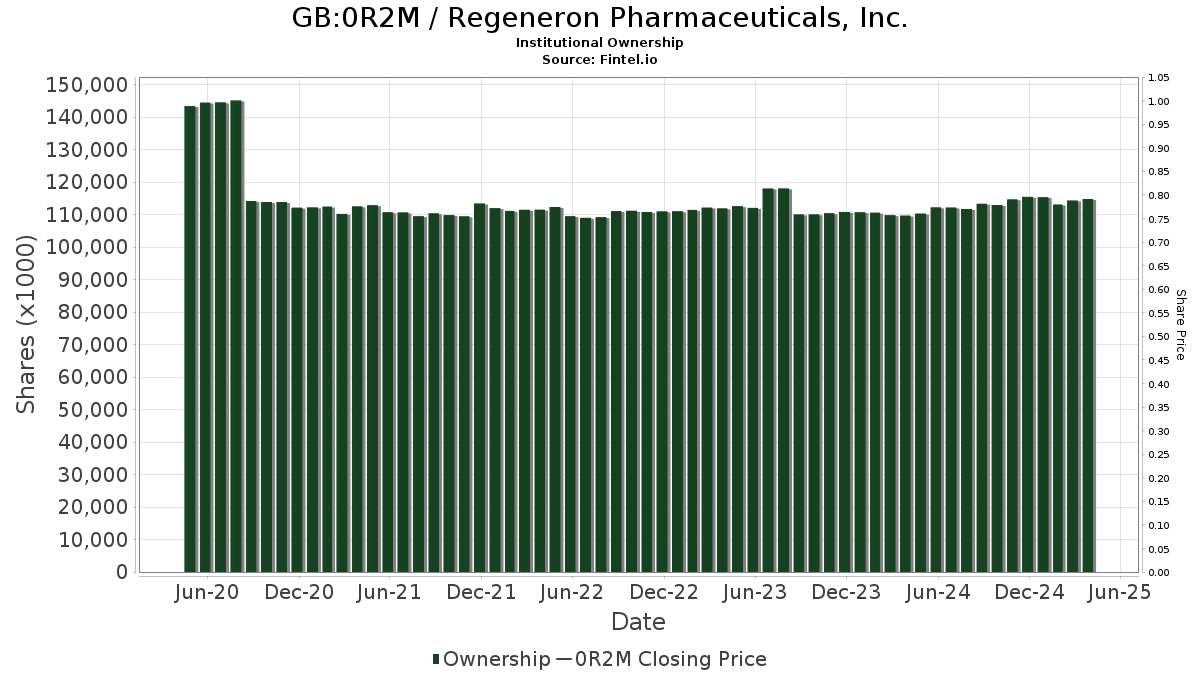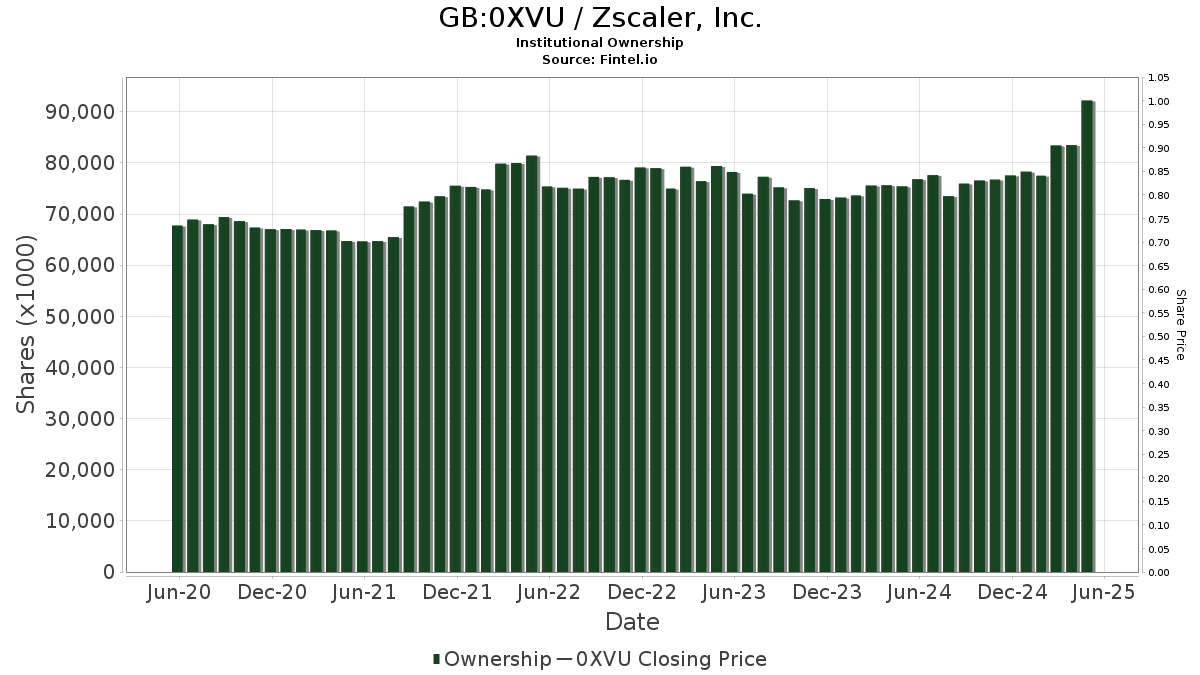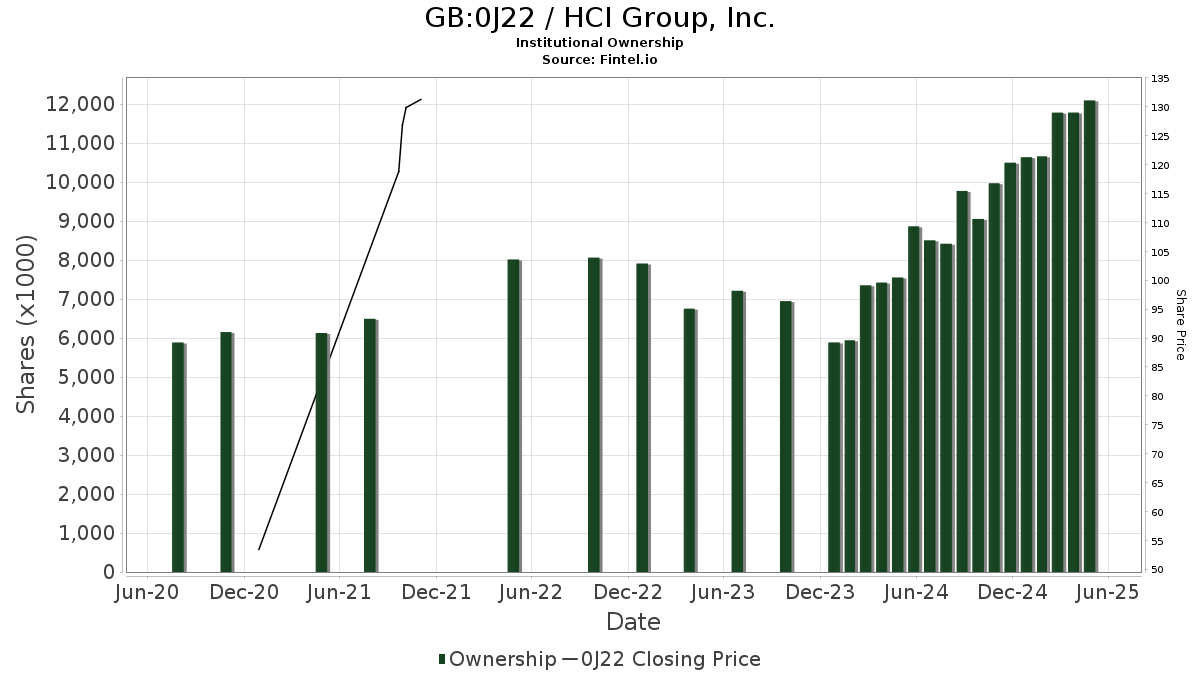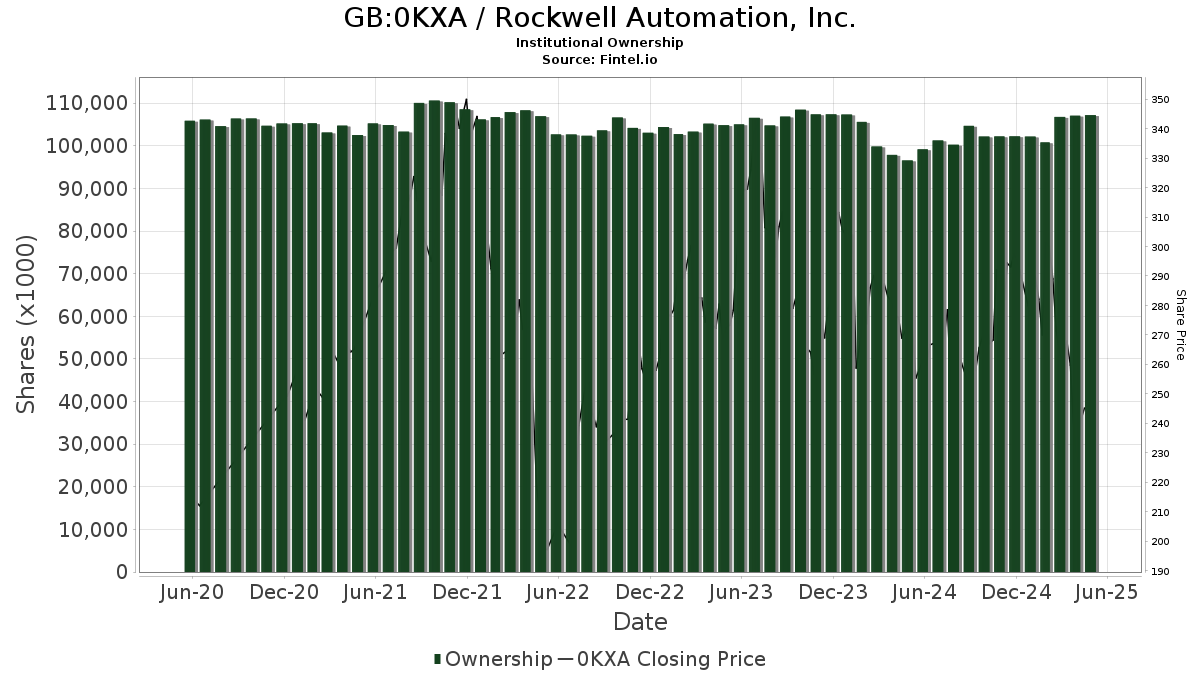New C3.ai Options Contracts Present Investment Opportunities
Investors in C3.ai Inc (Symbol: AI) saw new options begin trading today, set to expire on December 19th. These contracts, with 205 days until expiration, allow sellers of puts or calls to potentially receive higher premiums than shorter-term options.
Among the newly listed options, a put contract at the $22.50 strike price has a current bid of $1.74. An investor selling that put would commit to buying stock at $22.50 while collecting the premium. This lowers the effective cost basis to $20.76 per share, a more attractive alternative than purchasing shares at the current price of $23.42.
The $22.50 strike represents an approximate 4% discount to the current trading price. There is a 67% chance that this put contract will expire worthless, allowing the seller to keep the premium, which translates to a 7.73% return or 13.77% annualized on the cash commitment.
Below is a chart showing the trailing twelve-month trading history for C3.ai Inc, highlighting the position of the $22.50 strike:

On the call side, a contract at the $27.50 strike price currently bids at $2.14. If an investor buys AI shares at $23.42 and sells this call as a “covered call,” they commit to selling at $27.50, potentially realizing a total return of 26.56% by expiration, excluding any dividends.
The $27.50 strike price is about 17% above the current trading price. There is a 48% chance that this covered call will expire worthless, allowing the investor to keep both the shares and the premium. This would yield a 9.14% boost to returns or 16.27% annualized.
The implied volatility for the put is 67%, while for the call, it stands at 69%. The actual trailing twelve-month volatility, considering the last 250 trading days, is calculated to be 62%.
For further options contract ideas, visit StockOptionsChannel.com.
Top YieldBoost Calls of the S&P 500 »
Additional Resources:
- Top Stocks Held By Nelson Peltz
- OBSV Insider Buying
- Top Ten Hedge Funds Holding SAJA
The views and opinions expressed herein are those of the author and do not necessarily reflect those of Nasdaq, Inc.






